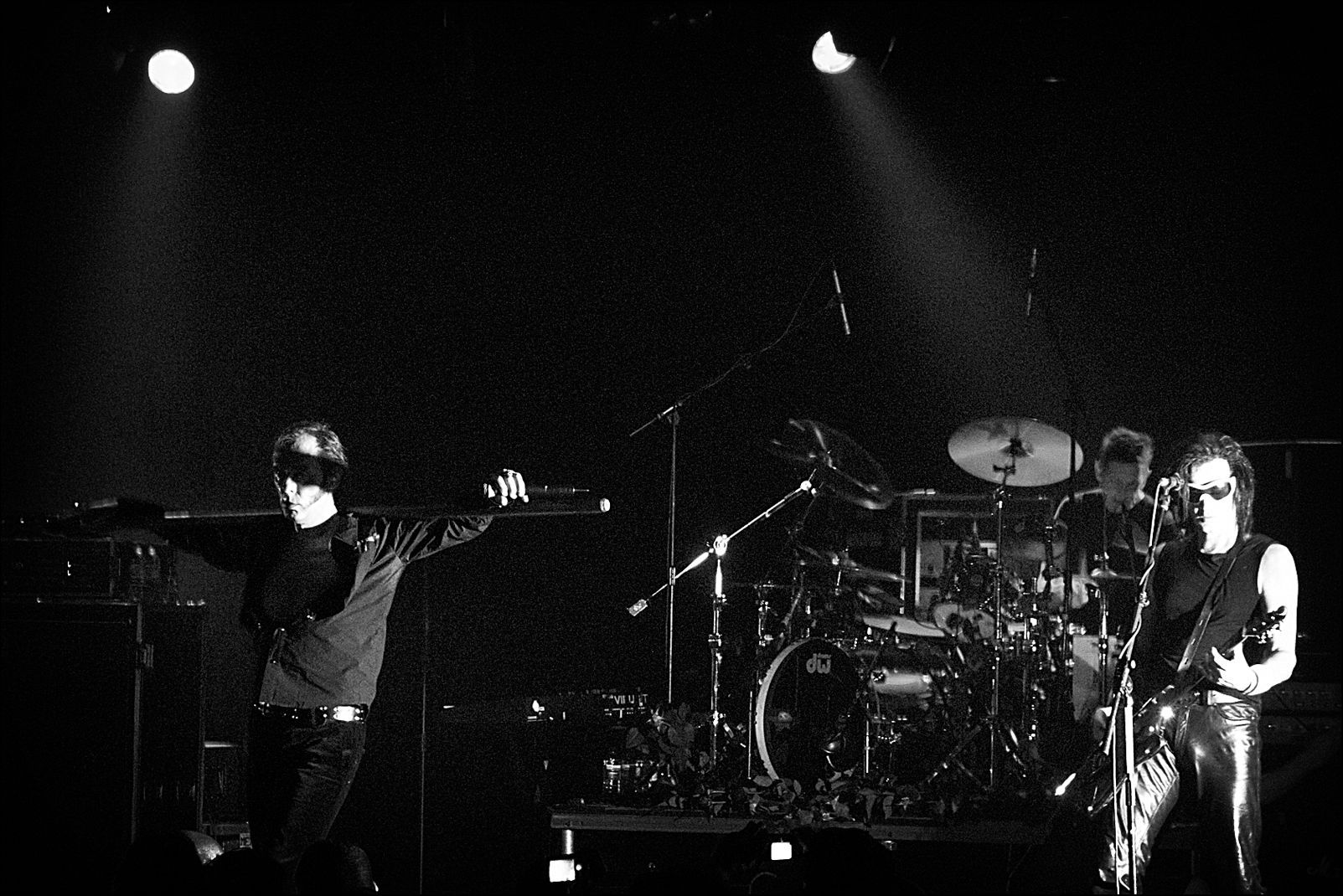The Unholy Trinity
How Bauhaus, Siouxsie and the Banshees, and The Cure Defined the Goth Sound
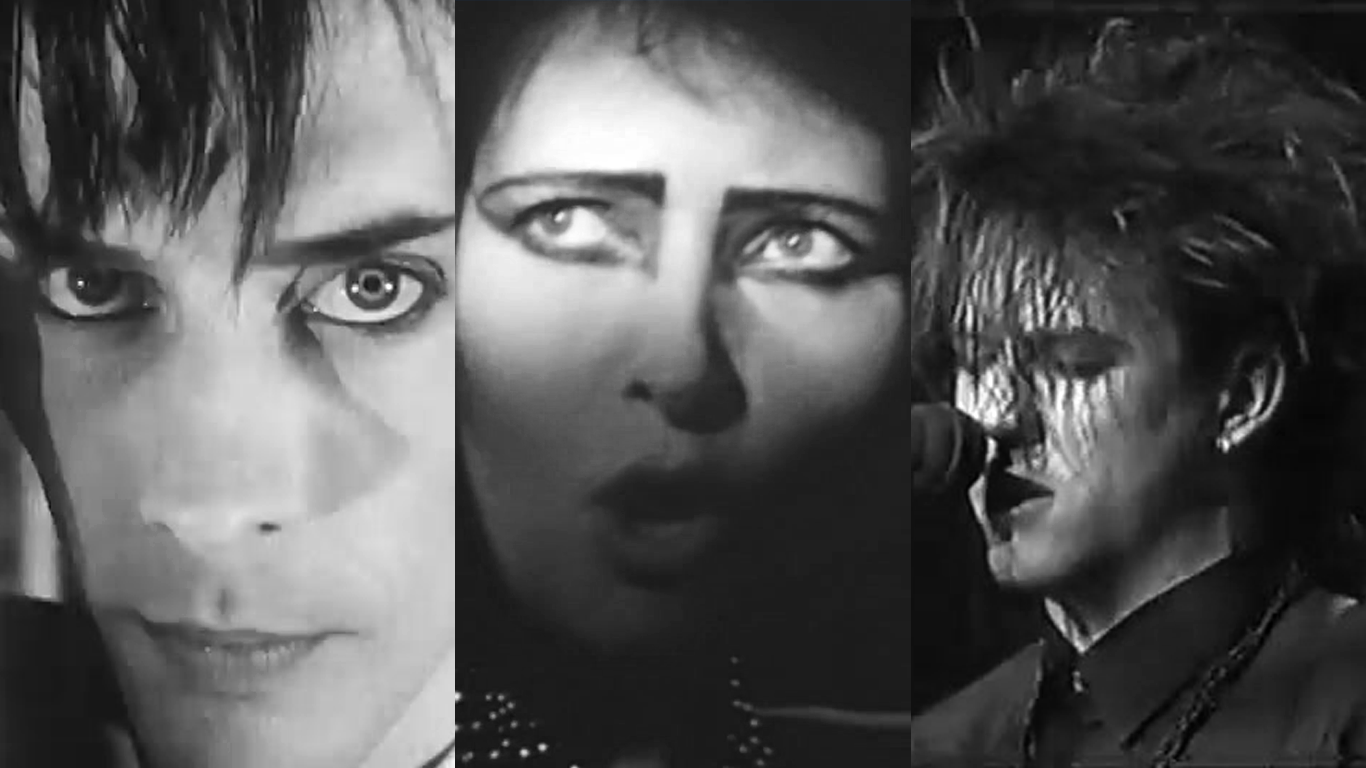
The Unholy Trinity: A collage featuring (from left to right) Peter Murphy of Bauhaus, Siouxsie Sioux of Siouxsie and the Banshees, and Robert Smith of The Cure, the three artists who collectively defined the sound and aesthetic of gothic rock.
In the shadowy aftermath of punk’s fiery explosion, a new sound began to coalesce in the smoky clubs of the UK. It was darker, more atmospheric, and steeped in a kind of gloomy romanticism. This was the birth of gothic rock, a genre and subculture that would go on to captivate generations. While many bands contributed to its rise, the sonic and aesthetic blueprint was undeniably drafted by three pioneering groups: Bauhaus, Siouxsie and the Banshees, and The Cure. Often retrospectively dubbed the "Unholy Trinity," each offered a unique and essential element that defined the nascent goth band sound.
This deep dive explores how these three legendary acts, through parallel innovation and mutual influence, became the architects of gothic rock. We’ll dissect the theatricality of Bauhaus, the atmospheric artistry of Siouxsie and the Banshees, and the profound melancholy of The Cure to understand how they built a genre that endures to this day.
Bauhaus: The Theatrical Starting Gun
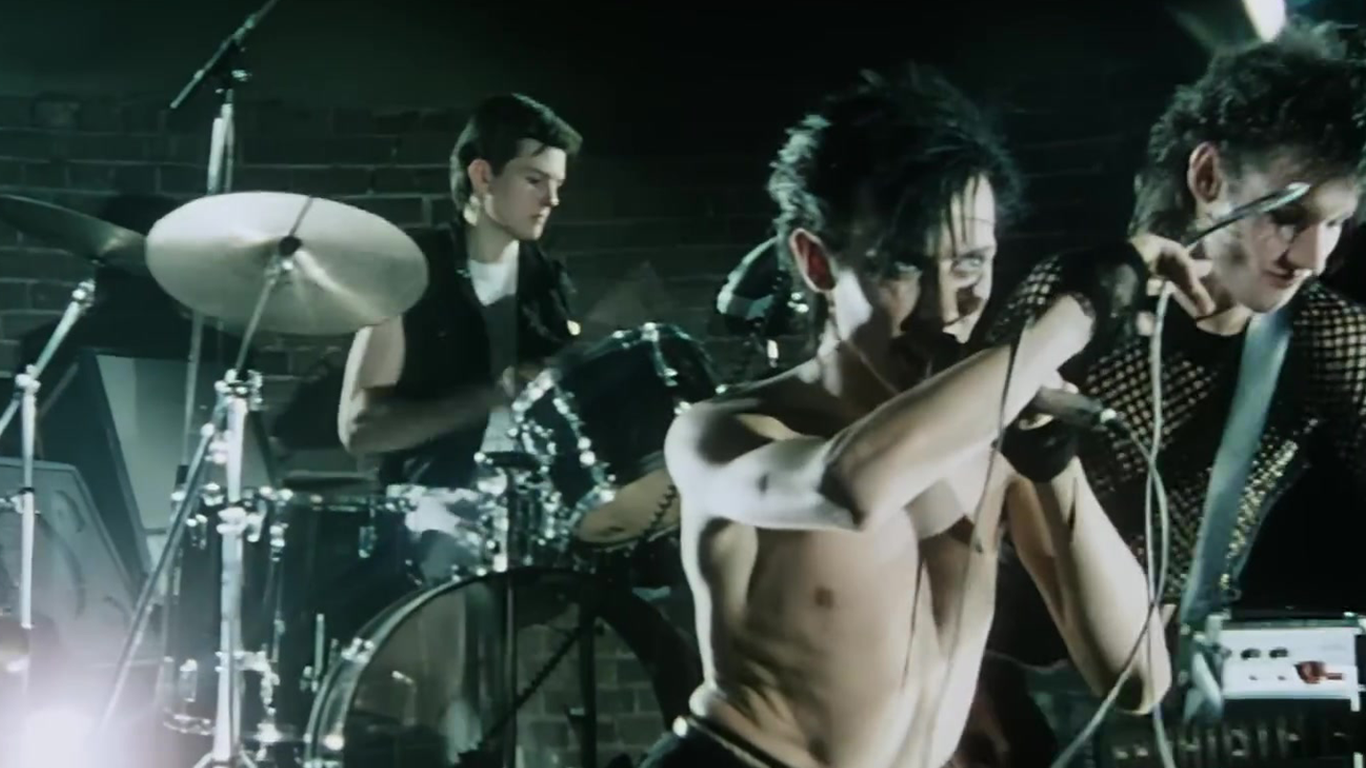
Bauhaus's theatrical performance in their "Ziggy Stardust" music video encapsulates the glam rock influence on the early goth scene.
If gothic rock has a "big bang" moment, it is the release of Bauhaus’s debut single in August 1979. Clocking in at over nine minutes, "Bela Lugosi's Dead" was more than a song; it was a declaration of intent. Built on a skeletal, dub-influenced bassline, rattling percussion, and screeching, textural guitar, the track was a masterclass in suspense. But its true power lay in its explicit embrace of classic horror imagery, depicting the funeral of the iconic Dracula actor.
With this single, Bauhaus did something revolutionary: they gave the burgeoning dark post-punk sound a theme and a theatrical stage. Led by the charismatic, gaunt-faced Peter Murphy, the band drew its visual style from the stark, dramatic shadows of 1920s German Expressionist cinema and the art-for-function ethos of the Bauhaus movement itself. While the band themselves often rejected the "goth" label, preferring "dark glam" or "art rock," their fusion of macabre themes, gloomy soundscapes, and an angular, monochromatic look made them the genre’s undeniable architects.
Essential Bauhaus Tracks for the Initiated
- "Bela Lugosi's Dead" (1979): The foundational anthem of gothic rock.
- "Dark Entries" (1980): A frantic, jagged slice of post-punk paranoia.
- "She's in Parties" (1983): A more polished, funk-infused track showcasing their "dark glam" side.
- "Stigmata Martyr" (1980): A raw, visceral exploration of religious angst from their debut album, In the Flat Field.
Siouxsie and the Banshees: The True Progenitors
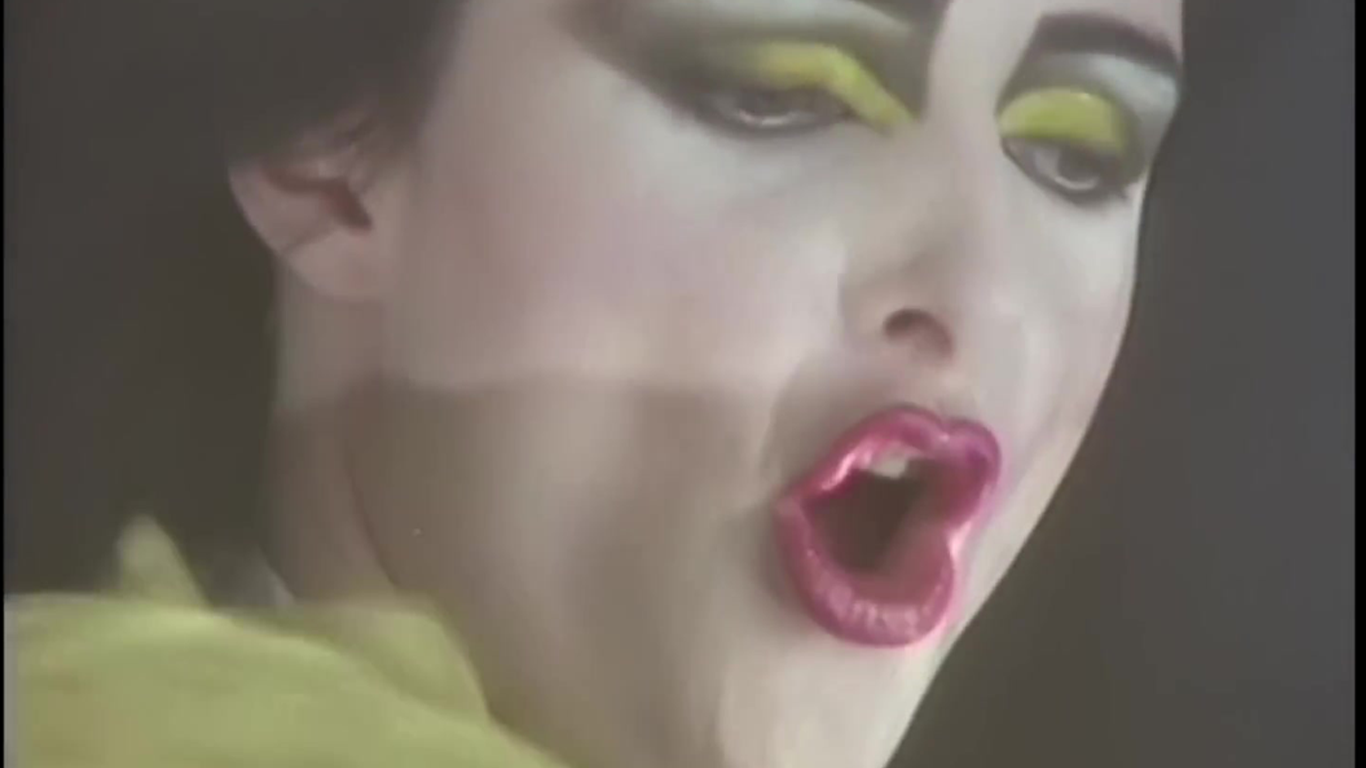
Siouxsie Sioux's striking visual presentation and atmospheric music were instrumental in shaping the aesthetics of the emerging goth movement.
While Bauhaus may have fired the starting gun, Siouxsie and the Banshees had already built the racetrack. Emerging from the inner circle of the Sex Pistols' punk entourage, the Banshees quickly evolved beyond punk's raw simplicity into something far more experimental and atmospheric. In fact, music critics were using the term "gothic rock" to describe the moody, powerful atmosphere of their live shows as early as 1978—a full year before "Bela Lugosi's Dead" was released.
Led by the iconic Siouxsie Sioux, the band's influence on the goth band aesthetic is immeasurable. Her dramatic, cat-eye makeup, spiky black hair, and artfully rebellious fashion became the visual blueprint for the entire subculture. Musically, their 1981 masterpiece,
Juju, is a cornerstone of the genre. Driven by John McGeoch's innovative, non-traditional guitar work and Siouxsie's commanding vocals, the album explores dark themes of suspense ("Night Shift"), social critique ("Arabian Knights"), and macabre celebration ("Halloween") with unmatched artistry. They were the true progenitors, creating the sound and style that others would follow.
The Cure: The Reluctant Icons of Melancholy
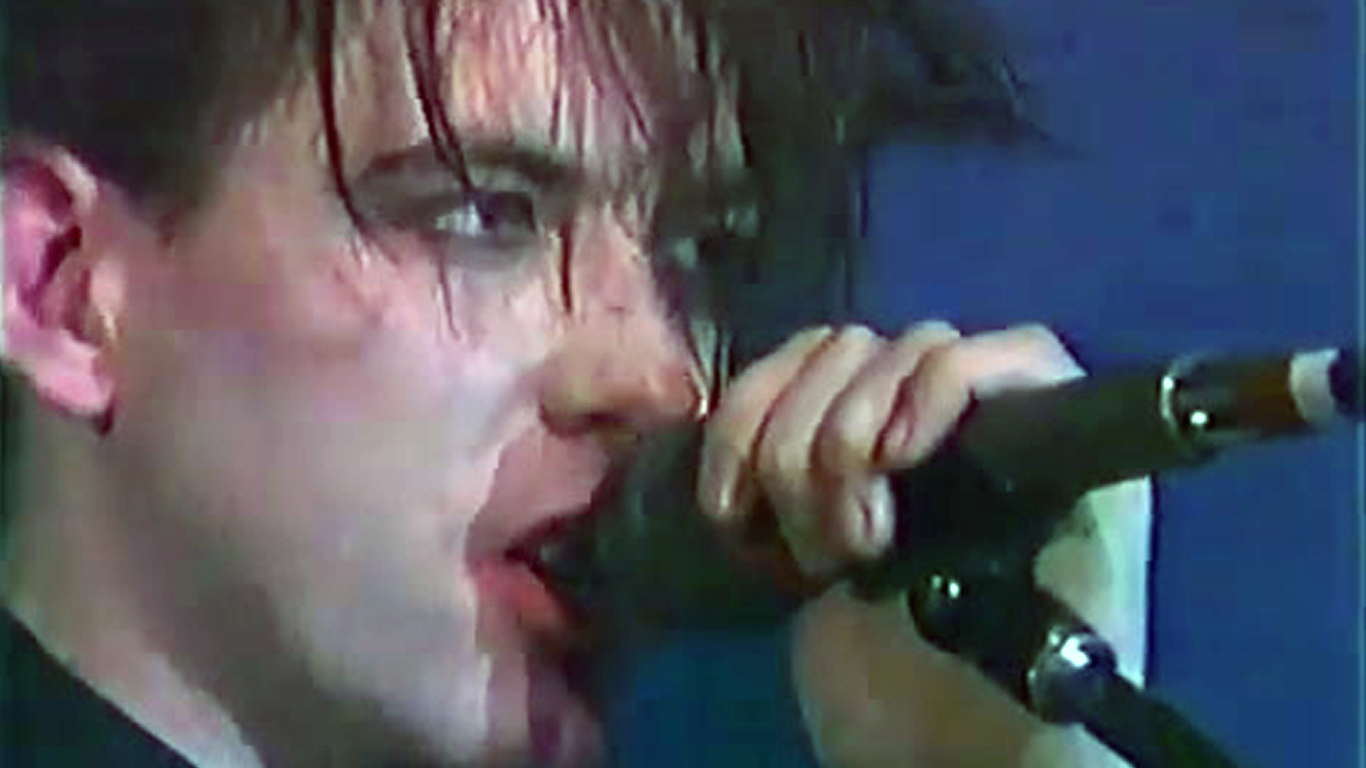
The Cure, fronted by Robert Smith, explored themes of existential dread and despair, contributing a deeply emotional and atmospheric layer to the goth sound.
If Bauhaus provided the theater and Siouxsie the atmosphere, The Cure provided the heart-wrenching emotional core of gothic rock. While frontman Robert Smith has famously rejected the "goth" label for decades, his band's contribution to the genre is undeniable, particularly their "dark trilogy" of albums: Seventeen Seconds (1980), Faith (1981), and Pornography (1982).
This trio of records documents a descent into profound melancholy and existential despair. From the hopeless isolation of "A Forest" to the funereal dirges of Faith and the nihilistic rage of Pornography, The Cure created a sound that was intensely personal and deeply resonant. Robert Smith's introspective lyrics and pained, vulnerable vocals gave voice to a generation of disaffected youths.
Paradoxically, The Cure's later pivot to massive pop success made them a "gateway" goth band for millions. Listeners drawn in by hits like "Just Like Heaven" would often discover the bleak, beautiful depths of the band's earlier work. Coupled with Smith's unforgettable image of wild hair and smeared lipstick, The Cure became the most recognizable—if reluctant—face of goth to the wider world.
Conclusion: An Enduring Legacy in the Shadows
Bauhaus, Siouxsie and the Banshees, and The Cure each forged a unique path out of the embers of punk, yet their paths converged to create the foundations of gothic rock. Bauhaus gave the genre its theatricality and its first anthem. Siouxsie and the Banshees provided its artistic soul and its first icon. The Cure infused it with a raw, introspective melancholy that connected with millions.
Together, this "Unholy Trinity" didn't just create a new style of music. They crafted a rich, enduring subculture—a sonic and aesthetic haven for anyone who finds beauty in the shadows and solace in the gloom. Their legacy is not just in the records they made, but in the worldwide community that continues to thrive in the dark, beautiful world they built.
What are your essential tracks from this Unholy Trinity? Share your favorites in the comments below!
